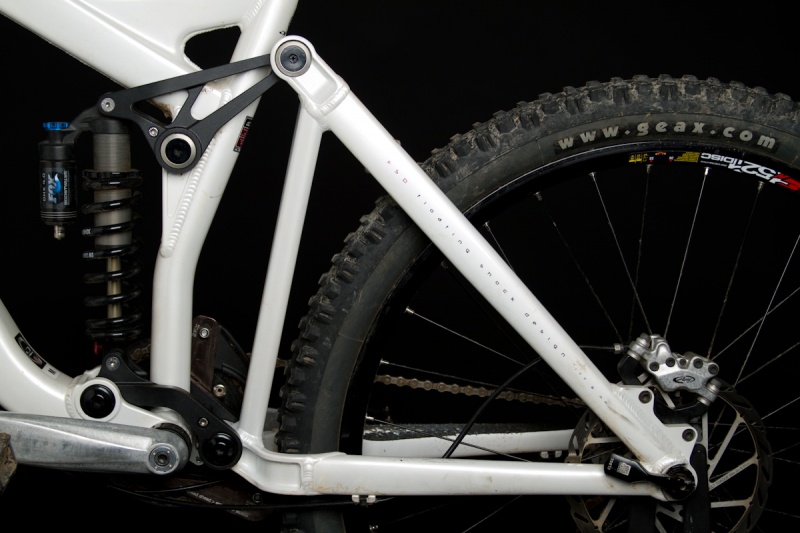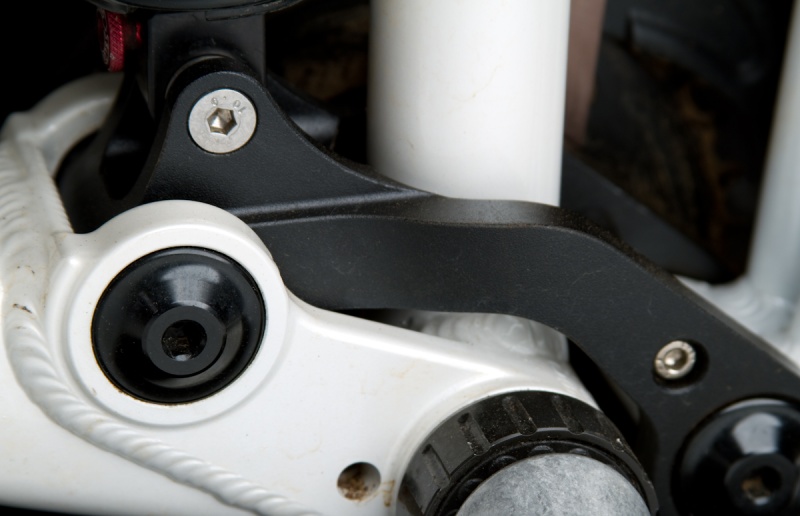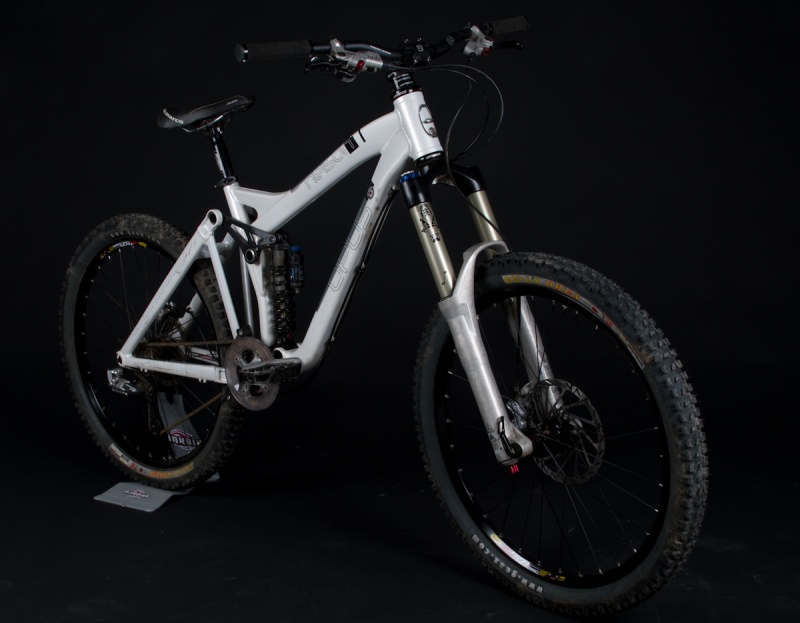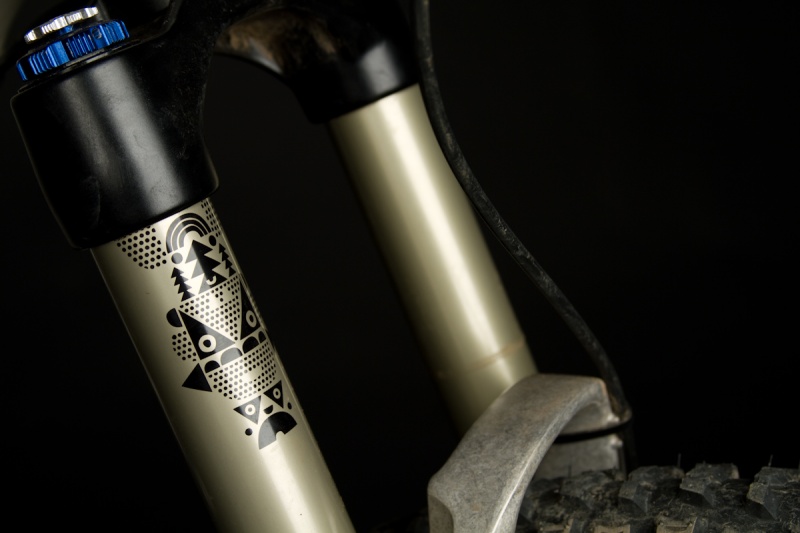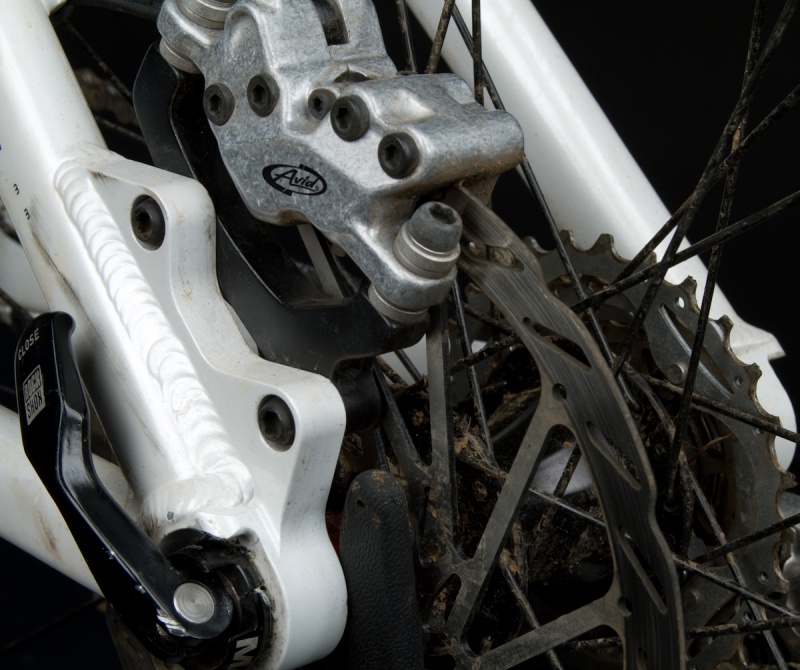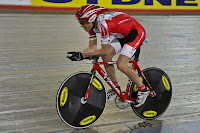Voici le texte original paru sur le blogue du site
Cyclingnews, le 3 septembre dernier. David Millar, coureur chez Garmin-Slipstream (Garmin-Transition en 2010), raconte la terrible chute survenue lors de la 4e étape du Tour d'Espagne. Il est explique aussi sa vision des chutes et comment il les vit.
Reflection and dissection of the Vuelta's wild stage finale in Liège
* Chris Horner (Astana) in pain after stage four, he fractured his wrist in a crash with 2.5 kilometres to race.
* Garmin-Slipstream had more bad luck during the wet stage from Venlo. Crash
Crash v. crashed, crash-ing, crash-es
a. To break violently or noisily; smash.
b. To undergo sudden damage or destruction on impact.
This happens often in bike racing, often due to one or more of these six reasons:
1. Mechanically induced (puncture at high speed, snapped chain etc).
2. Slippery surface.
3. Contact with other rider in peloton leading to loss of control.
4. Individual rider taking risks and losing control or grip.
5. Loss of concentration, leading to distraction and loss of control.
6. Close proximity to anybody going through the above five.
Yesterday, on stage four, the number and scale of the crashes were primarily due to number two, although the origin was almost always a number four. Unfortunately, number two, by its very nature, would cause number threes and, as a result, lots of number sixes.
The reason number two has such an overbearing presence is easy to understand when one thinks about the basic physics of bicycle road racing. It involves, on average, 70kg balanced vertically 4-5ft off the ground on roughly three square inches of inflated rubber. That’s a lot of stress to put on those three square inches of rubber in dry conditions, and as for the wet? Forget about it. When it's wet avoidance braking, or simply turning, results in loss of grip and control, and inevitably concludes with a crash.
For this reason stage four of this year's Vuelta was scary. Coming down into Liège I could barely see anything through the spray and my glasses (which were now for protection from water rather than light), we were ripping it as well, close to 80km/h. What’s is particularly scary is how reliant we are on each other. There are 200 of us, and yet it takes just one to think he’s Valentino Rossi (or maybe more appropriately, Thor Hushovd), lose control and cause the chain reaction that can take down dozens of us. That’s why it was scary; I do not implicitly trust my peers in those conditions.
As pro cyclists we trust each other an enormous amount. After all, it’s the only reason we can race for so many kilometres together under more-often-that-not extreme circumstances - be they geographical, climatic, physical, or psychological - and not crash more often. But there are times when that trust is not implicit. Racing downhill after 200km at 80km/h in heavy rain is one of those times. Fortunately, I think everyone of us feels the same (scared shitless) which is what saves us from what could possibly be a horrific crash.

What happened in the final on Tuesday was a horrific crash. We had made it through almost 230km of bad conditions and on the entry to Liege I had my escape of the day when guys crashed in front of me, causing the first pile-up. It started on the left and rippled out across the whole road, somehow, I was lucid enough to hold my line and not turn or brake. More importantly, I was VERY lucky not to have a body or bike cross my path. Making it through that offered a moment of euphoria amid the fatigue and discomfort. It also allowed me to believe maybe we’d had our mass pile up for the day. The gift of adrenalin given was very welcome and I was sure that I was going to make it to the finish in one piece.
Tyler and I were on a mission. We had gone through the finish line on the first circuit and got a good look at the last kilometre. We had the 19km lap to negotiate with the gentler side of the Cote Saint Nicholas to be tackled, although this wasn’t too complicated as both of us were feeling well in control. When we got to 9km to go we found each other.
"Ok Ty?" I asked. His reply was so matter of fact it could be nothing but the truth.
"Get me through that last corner first and I’ll win."
That was it. That was all that was said. We made eye contact and I nodded. We were so in control considering the conditions and the day we’d already been through, Svein got to the front with about 6km to go and lifted the pace to what was for the majority too high to allow them to move up and so making it easier for Ty and me to pick and hold our position.
Our plan was to let Columbia and Quick Step do the lead out, then, in the last kilometre, I would come over the top of them. So we were sitting near the front, but not right at the sharp end. We really were picking and choosing what we were doing, lucidity at its best. Unfortunately it wasn’t our own universe.
We were starting to string out into single file as the speed increased and the finish approached, we came under the 3km banner and entered a big roundabout, not something that should have caused much of a problem, even in the wet, as we were battle hardened to the conditions by this point. That’s when the human factor kicked in, I am yet to see any of the footage so I don’t know what the initial cause was (I’m presuming a number four, which led to a number three and because of number two, caused a massive number six), but I lived the effect.
The first thing you recognise is the sound. You almost always hear a crash before you see it. It’s a horrible sound because of what it represents. Shoes being ripped out of pedals, metal dragging, plastic and carbon grinding; it’s a cacophony in the truest sense. There are no human sounds, just man-made materials being bashed against each other and the road. When it’s wet you see it coming more so than the dry (in the dry there’s a chance you’ll escape it right up till the last second, not so in the wet). One normally hits the ground before making any contact with anything or anybody simply because even the mildest evasive manoeuvre means a loss of grip and subsequent crash.
This is what happened in Liege, I heard the crash ahead, then I saw a guy about five or six riders in front of me hit the ground independently of what ever the noise had been and then it began. Every single racer in front of me hit the ground. You see it coming; I knew I was going down, as soon as I saw the domino effect commenced I simply waited.
It feels like a long time, but is actually probably no longer than a second. THUMP. I’m on the ground.
Now comes the really horrible bit. I’m sliding in the middle of the cacophony and I know there’s a concrete barrier that I’m going to hit at speed. The impact of this is not a concern, rather it's what’s going to be hitting me from behind is what I’m scared of. There’s no pain, just fear. So as I’m sliding I try to curl up and am very conscious of closing my eyes tightly. Then BANG! Followed by silence.
Everything has stopped and nothing really bad has happened. This is when it starts to hurt, nothing in particular just everything is sending out alert signals. The only way it’s possible to trace most of the injuries at that moment is checking where my kit is ripped up. All I want to do is lay on the ground, but I have a feeling there are some properly hurt guys around me, so I get up and sit on the concrete barrier to show I’m relatively unscathed.
Sitting there, looking around I realise the scale of the crash and notice there are a few guys not getting up. Ty, who was on my wheel at the time, is on the ground behind me, to my relief he’s okay as well. Less than 10 seconds before we’d been at max heart rates, adrenalin filled, fully in the zone preparing to take ourselves to our maximum. It’s amazing how much can change in a handful of seconds. If ever there is a moment of being dazed and confused, that’s it…
http://www.cyclingnews.com/blogs/david-millar/the-insiders-guide-to-crashes

